How To Fix Duck Feet
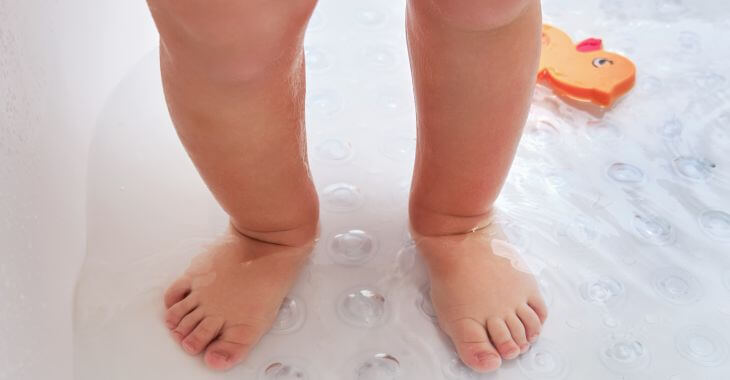
When feet point outward it is called out-toeing and often referred to as “duck feet.” This is a common walking stance, especially for children as they are learning to walk. If notice you or your child have duck feet posture, there are ways to remedy this condition to improve walking.
Out-toeing is usually caused by the larger bones in the legs jutting outward. This could be the tibia (shinbone) or the femur (thighbone) and it can occur in one leg or both. The hip and pelvis can also impact the alignment of the legs, causing feet to point outward when standing or walking.
Symptoms of Duck Feet in Children
It is fairly common for young children to have out-toeing during the first few years of their lives. This can be caused by the leg position within the uterus, flat footedness, genetics, hip deformities and other factors. Some of the symptoms of duck feet in children include:
- A waddle-type walk
- Knees and feet point outward
- Shoes wear out faster on the outside of the sole
Most kids outgrow duck feet by ages 6-8 and do not need any special medical care for this condition. However, if it appears to be affecting their mobility, causes pain or lasts beyond 8-years of age, you can discuss the condition with their pediatrician.
Causes of Out-Toeing for Teens and Adults
Some people suddenly have out-toeing as teens or adults. This is different from the common duck feet in young children and it is usually caused by an injury or orthopedic condition. Some of the possible causes of duck feet in adolescents, teens and adults include:
- Injury to hip, leg or foot
- Anterior pelvic tilt
- Slipped capital femoral epiphysis (hip problem in adolescents/teens)
- Tight muscles in the hips or legs
- Poor posture
- Lack of exercise
If your feet point outward when you are standing, or your feet and knees turn outward when lying on your back, you have duck feet. If it is not causing pain or immobility, it is not a cause for concern. However, there are remedies to help correct this condition.
Complications from Duck Feet
Many children, teens and adults with duck feet do not experience pain or mobility issues from their condition, but this is not always the case. Constant walking with the toes pointing outward can add strain to the joints and muscles in the lower body. Possible complications include:
- Injuries to the knee and ankle joints
- Weakened muscles in the buttocks and legs
- Foot pain conditions
- Piriformis muscle conditions resulting in sciatica
- Flat feet
Duck feet posture can result in pain and mobility issues, especially if it continues for long periods of time. If you have out-toeing, treatment may help prevent complications.
Home Treatments for Duck Feet
For mild cases of duck feet, you may not need medical treatment. There are home treatments you can try to resolve your out-toeing. The following are methods you can try to improve your duck feet posture to reduce stress on your joints and footwear.
- Muscle Stretches
- Many mild cases of adult duck feet are due to tight muscles in the hips and legs. Stretching muscles can help reduce out-toeing by relaxing these muscles. Stretches that impact the foot, calves, hip and thighs can help relax muscles that can pull the feet outward.
- Retraining Your Posture
- Simply paying attention to your stance and gait can help with retraining your walking posture. Consciously changing how you stand, and walk can change your duck feet posture.
- Add Orthopedic Shoe Inserts
- Supporting your arches can help improve your posture and walking stance. Over-the-counter orthopedic shoe inserts are an inexpensive option to give your feet and legs better support, which can resolve many mild cases of out-toeing.
When to See a Doctor for Duck Feet
If your child is having symptoms such as falling or hip pain associated with their duck feet, it is worthwhile to talk to a doctor. Adolescents and teens with hip pain and duck feet should be evaluated for possible capital femoral epiphysis. Possible medical treatments for duck feet may include:
- Physical therapy to strengthen and stretch affected muscles
- Surgery for bone deformities such as capital femoral epiphysis
- Prescription orthopedic footwear for improved foot and leg support
Most cases of duck feet will not require invasive medical treatments. The condition can usually be resolved with non-surgical treatments to create better posture that reduces stress on the joints, muscles and body alignment, but some people may need medical care to avoid complications.
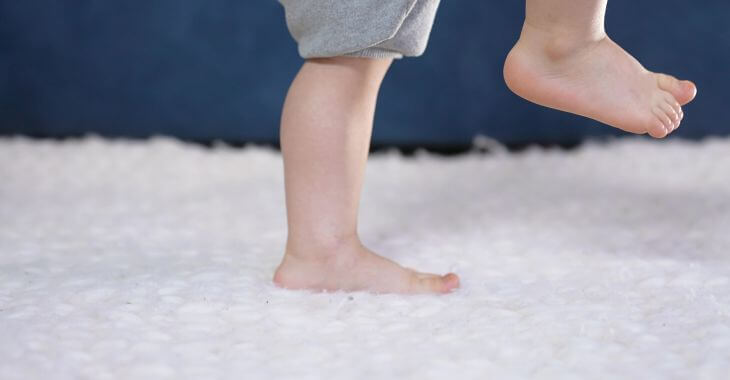
If you notice your child has duck feet or you are experiencing out-toeing, it is usually not a serious condition. However, it can be a sign of other health concerns or cause complications if the condition persists. Make an appointment with your doctor if you have issues due to duck feet.
The information provided on this website, including text, graphics, images, and other materials, is intended solely for informational purposes and should not be used as a substitute for professional medical advice, diagnosis, or treatment.

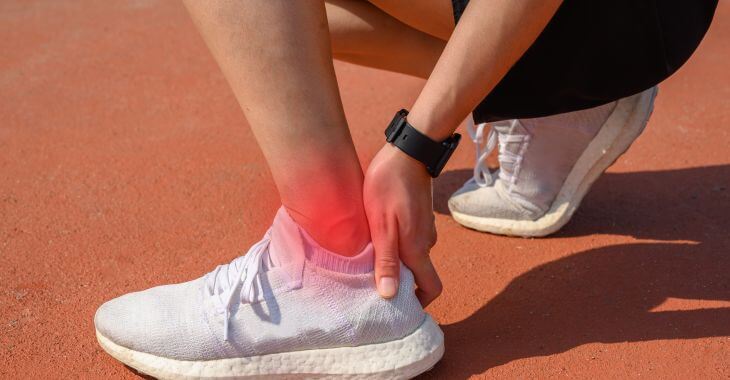
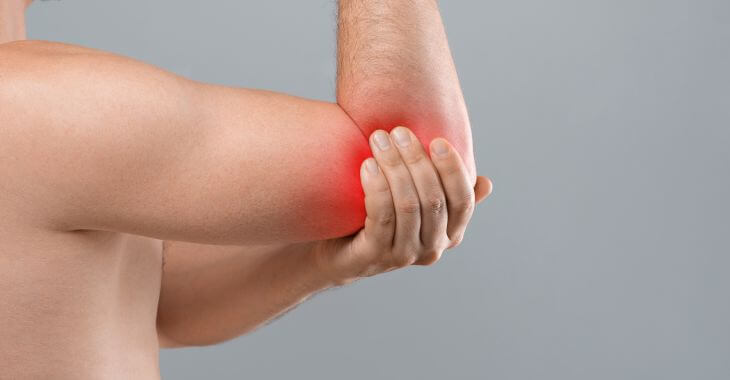
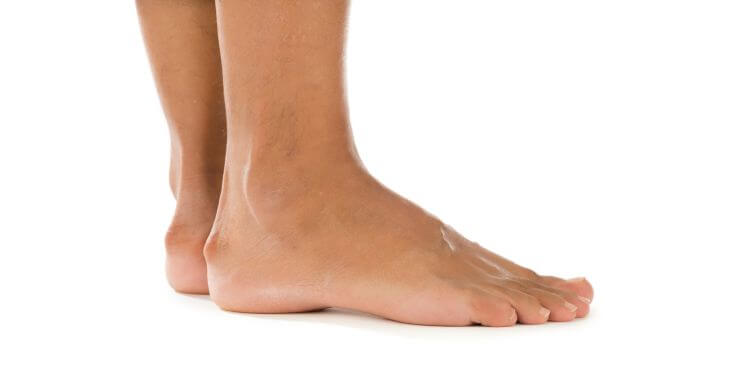
)